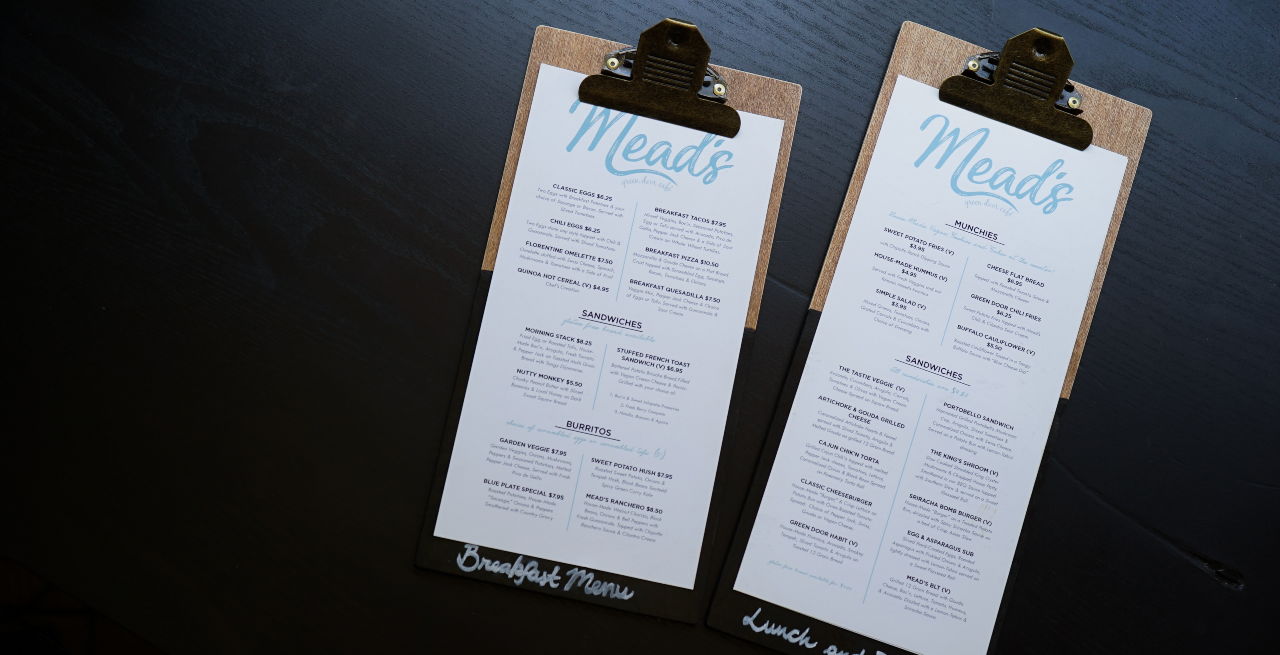Three Ways Menu Engineering Can Help Manage Profit
3 Min Read By Greg Staley
Every operator I talk to right now is feeling the pain of supply chain disruptions and high food costs. Inflation has been the straw that broke the camel’s back for many in the restaurant industry, particularly after the pain of dealing with low sales during the early days of the pandemic.
Only 25 percent of operators believe their restaurant will be more profitable this year than last, in large part because 90 percent also say their food costs are higher now than pre-pandemic. Of course, high labor costs are also playing a significant role in restaurant profitability, so operators are looking for every penny they can find.
While restaurants have always been intentional about food waste, menu offerings, and purchasing, I see operators doubling down on looking for any efficiency to help save money right now. This is necessary but can be so detailed and time consuming that it gets pushed to the backburner. Menu engineering, particularly for enterprise restaurant brands, has to take into account myriad details, from supplier pricing in different regions to regional menu item preferences to rapidly changing food costs.However, menu engineering doesn’t have to be a task you dread. You can use modern restaurant technology to make the process of menu engineering easier, get better visibility into your profits and waste, improve employee training, and track your efforts.
1. Tap Into Technology to Make Menu Engineering Easier
It is a challenge to track and adjust for the frequent commodity price changes right now, which makes tweaking your menu even more difficult than it would normally be. Trying to calculate in spreadsheets is doable for a shorter menu or a single location, but those calculations start becoming more difficult when you are looking at suppliers in different regions or menus serving guests in multiple states.
Tapping into up-to-date restaurant technology lets operators instantly pull the most recent supplier costs when playing with various theoretical recipes. With a recipe costing tool, operators can easily substitute ingredients, change amounts of ingredients, or look at paper costs in a theoretical view.
This allows restaurateurs to see how various changes will affect profitability, without complex calculations, as well as view in different locations or regions as different supplier pricing will affect profitability.
2. Get Real Visibility Into Your Food Costs
Restaurant operators are pivoting from basic food cost calculations to more complex reporting, such as actual versus theoretical food costs (AvT). By creating dashboards that let you see an up-to-date P&L at a glance, as well as reports to compare profitability of items across locations and region, operators have the information they need to make data driven decisions.
Further, looking at the difference between what costs should be versus what they were gives insight into other places that food cost may be mismanaged. This could include inconsistent portioning, kitchen waste, and employee theft. Reporting on your profitability, and having close control of your recipe costs, allows you to quickly spot problems in other areas as well.
3. Reinforce Employee Training
Whatever the source of your ballooning food costs, getting a better handle on your menu allows you to reinforce training in the most effective ways. If you see a high-margin item has lower sales, you can implement LTOs and have employees push sales. If employees are overportioning, a quick micro learning module is a great way to bring your margins back to where they should be. Or you can cut waste by finding out they are prepping too much or too early and creating better prep schedules for employees to follow.
Having strong management of your menu enables improvement across all areas of your inventory and food management. What seems like a tool to improve profitability through menu engineering can have a positive domino affect across the rest of your organization, making it possible to see and reduce waste, theft, and portion consistency.
Controlling spending and maximizing profits never ends for restaurant operators. But as margins are squeezed tighter than ever, it’s critical to look at every area of improvement. Using digital solutions to get critical insights into food costs, price fluctuations, and other variables makes it possible to get real-time information and act proactively instead of reactively as you seek to maximize your restaurant’s profitability.


